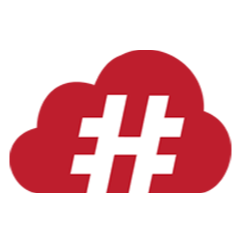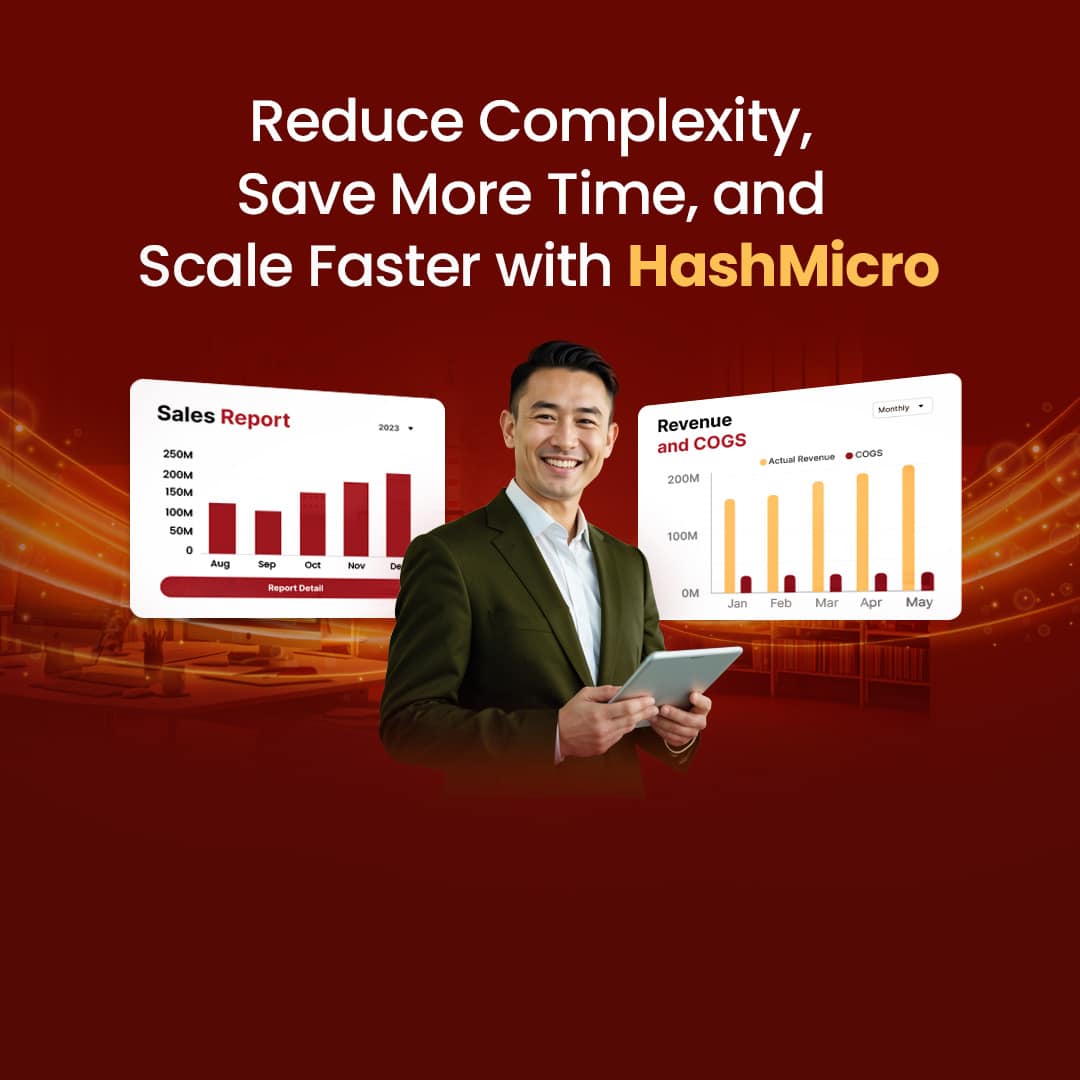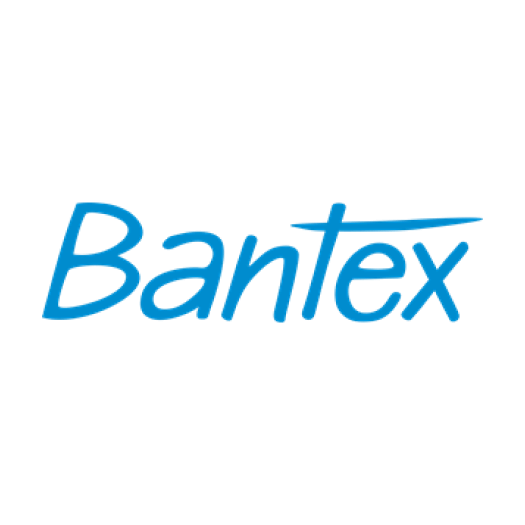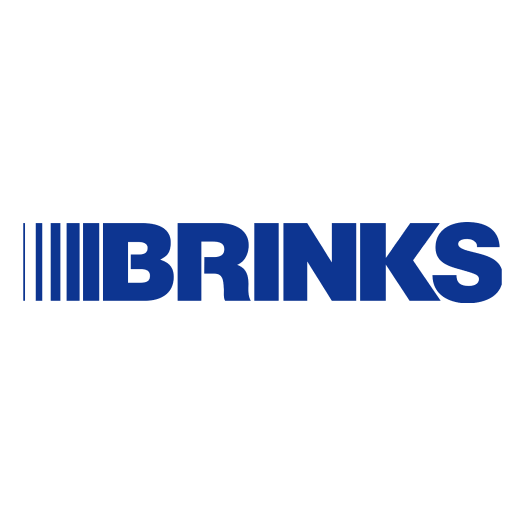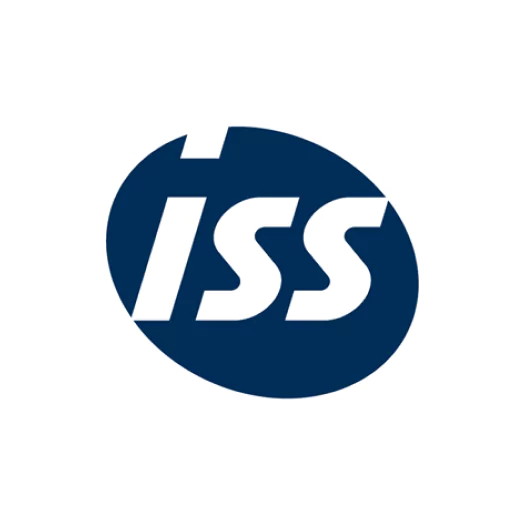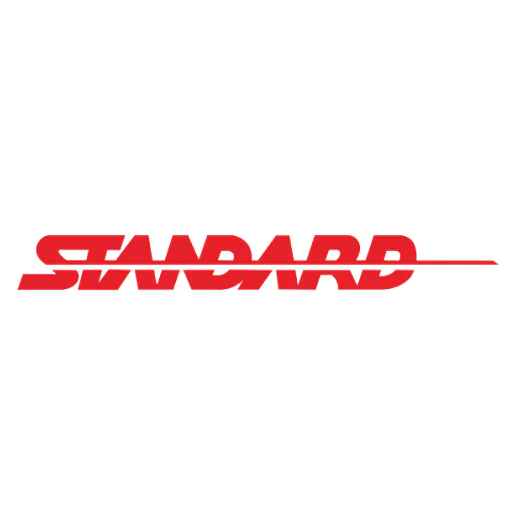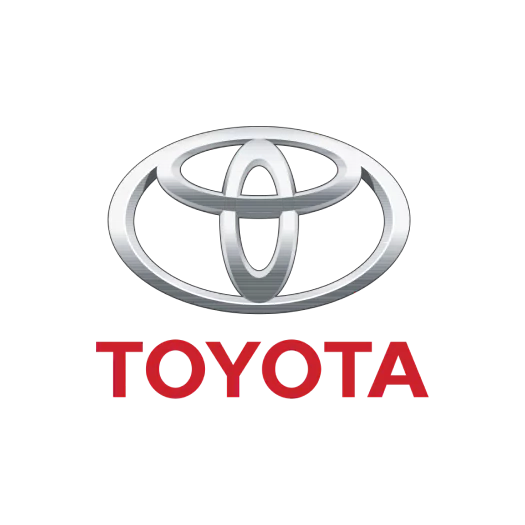Is your HR team overwhelmed with paperwork and data entry? You’re not alone. Many HR teams spend up to 50% of their time on administrative tasks, leaving little room for strategic initiatives. This overload can lead to burnout and missed opportunities. So, how can this be fixed? The solution lies in implementing an HRIS system, which automates routine tasks and centralizes HR data.
While there are many options available, HashMicro stands out as one of the best HRIS systems in Malaysia. With satisfied clients like McDonald’s and Forbes, HashMicro HRIS can help your team automate routine tasks and focus on growth. Interested in trying it out?
In this article, we’ll explore what an HRIS system is, its benefits, and how to choose the right system for your organization. Let’s dive in and discover how HashMicro can help unlock your HR team’s full potential!
Key Takeaways
|
Table of Content
Content Lists
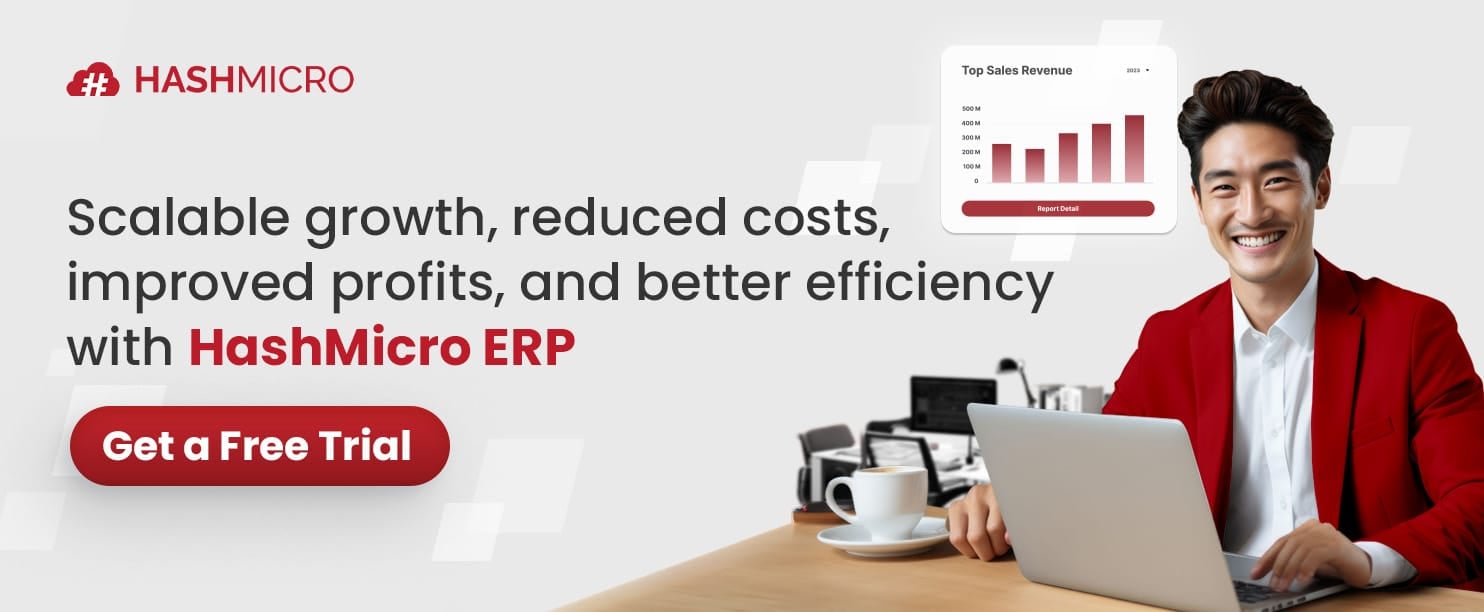
What is an HRIS System?
An HRIS system is a software solution that helps organizations manage and automate core HR processes. It serves as a centralized repository for employee data, storing information such as names, addresses, and national IDs.
But the HRIS system meaning goes beyond just data storage. It encompasses a range of HR functions, including recruiting, applicant tracking, time attendance management, performance appraisals, and benefits administration.
In Malaysia, an HRIS system can also provide employee self-service and accounting functions, making it a comprehensive tool for HR automation. By interacting with the data and offering reporting capabilities, the HRIS system becomes a “smart database” of employee information.
How Does an HRIS System Work?
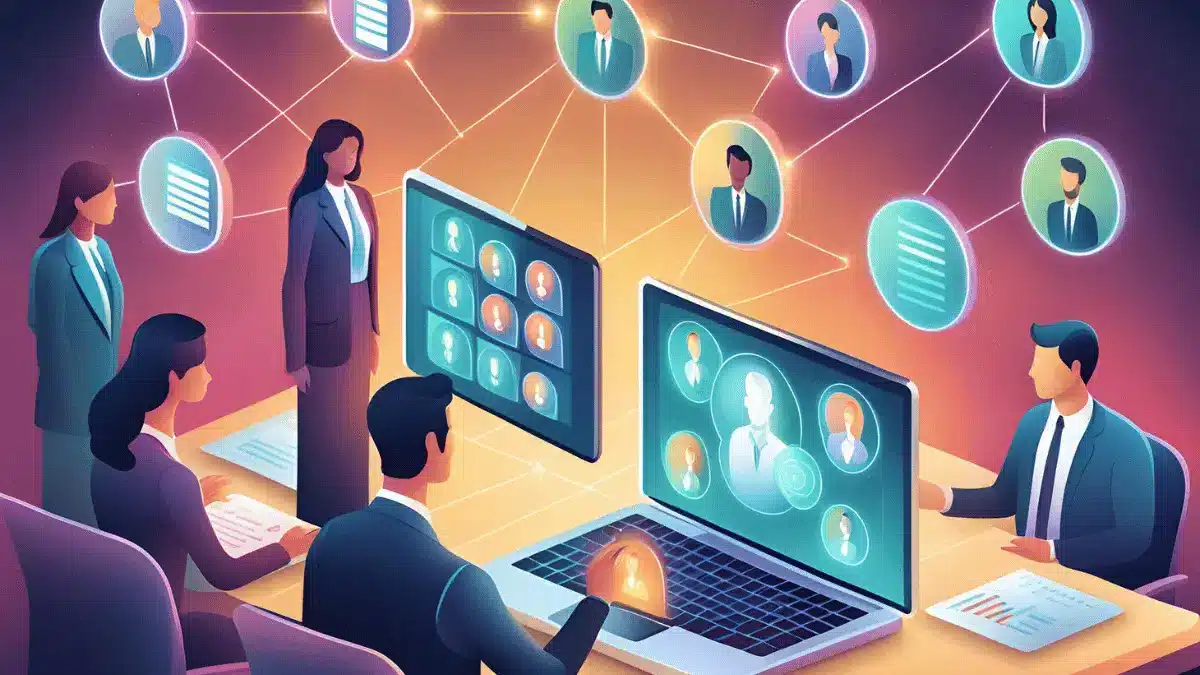
A Human Resource Information System (HRIS) operates on two core pillars that help organizations effectively manage their people and policies.
1. Organizational Structure
An HRIS helps organizations establish a clear structure, defining job roles, responsibilities, and reporting lines. This clarity simplifies daily tasks and ensures everyone knows what’s expected of them. It also streamlines the recruitment process, helping businesses build a team that supports their overall goals.
2. Employee Data Management
An HRIS system provides a comprehensive view of each employee, including personal and professional details. The system automates record-keeping, reporting, and self-service functions, increasing efficiency and convenience for both HR teams and employees.
Benefits of Using a Cloud HRIS System
Implementing a cloud-based HRIS system can transform workforce management by streamlining key HR processes and improving efficiency. Beyond simplifying daily tasks, it offers tangible benefits such as enhanced data security, improved accuracy, and a seamless employee management experience.
- Increased Productivity: An HRIS system automates repetitive tasks like attendance tracking and payroll processing, allowing HR teams to focus on strategic initiatives. This efficiency boosts overall productivity across the organization.
- Centralized Employee Data: With an HRIS, all employee information is stored in a single platform, making it easy to access and manage. This centralization reduces administrative burden and minimizes data fragmentation.
- Automation of HR Roles: The system automates routine HR processes like leave requests, performance appraisals, and compliance tracking. Automation reduces manual effort, minimizes errors, and saves valuable time.
- Improved Data Storage & Security: HRIS software offers secure data storage with access controls and encryption, protecting sensitive employee information. This enhances trust and compliance with privacy regulations.
- Higher Report Accuracy & Improved Oversight: HRIS generates accurate reports and real-time analytics, providing HR teams and management better visibility into workforce trends. This leads to more informed decision-making and strategic planning.
- Enhanced Recruitment: HRIS systems streamline the recruitment process by managing job postings, tracking applications, and automating candidate evaluations. This results in faster hiring and better talent acquisition outcomes.
- Easier Onboarding: The system simplifies onboarding by automating workflows and providing new hires access to necessary resources. This creates a smoother onboarding experience and helps new employees integrate quickly.
By leveraging these benefits, businesses in Malaysia can enhance their HR operations, making the HRIS system an invaluable tool for modern HR management.
Key Functions of an HRIS System
An effective HRIS system is essential for streamlining HR processes and managing workforce data efficiently. By centralizing key functions such as employee data management, payroll, and recruitment, HR software Malaysia simplifies complex tasks and enhances organizational productivity.
- Employee Information Management: HRIS serves as a centralized database to store and manage employee records, including personal details, job history, and performance data. This ensures easy access and streamlined data handling for HR teams.
- Recruitment and Onboarding: The system facilitates job postings, tracks applicant progress, and automates onboarding tasks, providing a seamless experience for both HR personnel and new hires.
- Payroll and Benefits Administration: HRIS systems automate payroll calculations, tax deductions, and benefits distribution, reducing errors and ensuring timely payments to employees.
- Performance Management: It helps track employee performance through appraisals, goal-setting tools, and feedback systems, enabling better alignment of individual contributions with organizational objectives.
- Time and Attendance Tracking: The system monitors work hours, leaves, and absences using a detailed leave form template, providing accurate data for payroll and improving overall workforce management—especially with restaurant workforce software that requires precise scheduling to ensure smooth operations and service consistency.
- Compliance and Reporting: HRIS assists in maintaining compliance with labor laws and generating reports for audits and regulatory requirements, minimizing legal risks and ensuring transparency.
By integrating these functions, an HRIS system in Malaysia can significantly enhance HR automation and employee management, making it a vital component of any modern business.
HRIS vs. HRMS vs. HCM: Understanding the Differences
While HRIS, HRMS, and HCM are often used interchangeably, they can refer to different systems depending on a company’s needs and features. Each term focuses on various aspects of managing employees and HR processes.
HRIS (Human Resource Information System): Initially, the HRIS system was a basic tool for storing employee records. As HR functions evolved, the HRIS system expanded to include processes like talent acquisition, recruitment, and ongoing employee data management.
HRMS (Human Resource Management System): As organizations adopted more advanced software, HRMS emerged to automate HR tasks. Today, HRMS may include payroll management and time and labor tracking, and it is often used interchangeably with HRIS.
HCM (Human Capital Management): HCM is a comprehensive solution encompassing all aspects of HR and workforce management. It includes advanced talent management tasks like performance management, succession planning, and strategic workforce planning, covering a broad range of HR functions—from data-driven to transactional to strategic.
Understanding these differences helps businesses in Malaysia choose the right system that aligns with their HR management needs, whether focusing on basic employee management or comprehensive HR automation.
Why Businesses Need a Cloud HRIS System
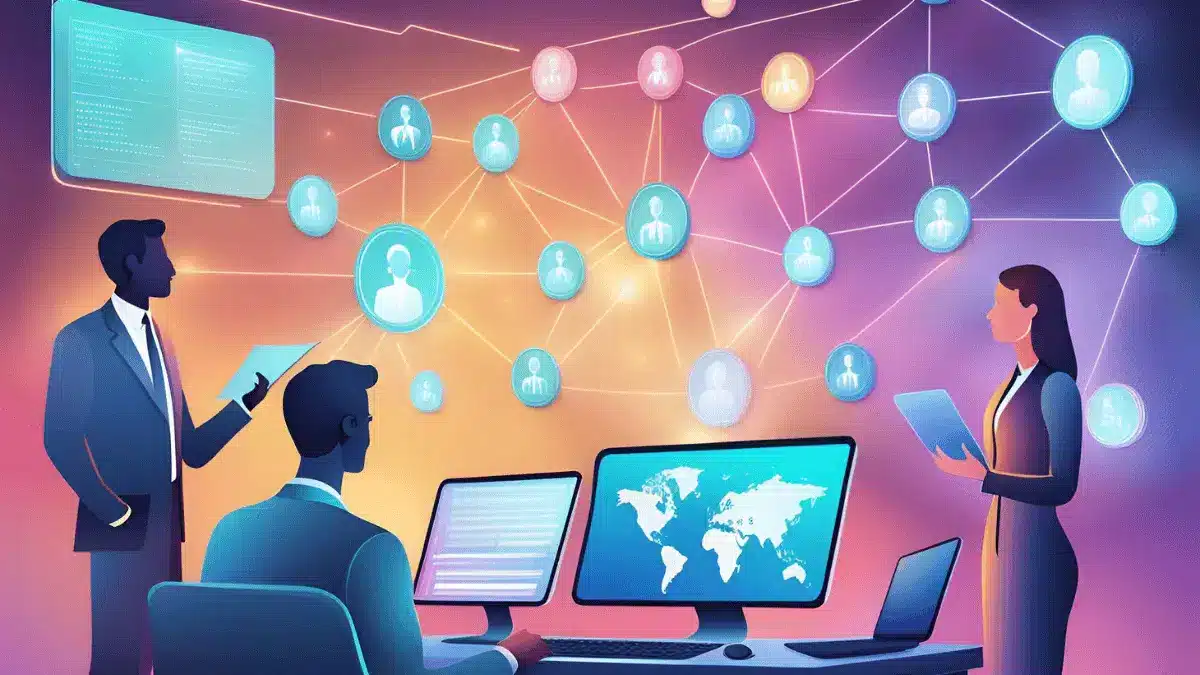
Managing employee data in spreadsheets can quickly become overwhelming as a company grows. The sheer volume of information and complex relationships make tasks like approving time-off requests burdensome. Sticking to manual HR management can lead to errors, unhappy employees, and a disorganized schedule.
As your team expands, the likelihood of mistakes and operational issues increases, affecting daily business functions and employee satisfaction. This is where a cloud HRIS system proves invaluable, streamlining processes and reducing manual errors so you can focus on your team’s growth and well-being.
Here are some key benefits of using a cloud HRIS system:
- Reduce Operational Costs: According to studies, organizations that use HR software see a significant reduction in HR administrative costs. Implementing HR software can cut HR operational costs by up to 30%.
- Accurate Record-Keeping: An HRIS provides a centralized system for all employee-related data, ensuring that personnel information is correct, up-to-date, and easily accessible.
- Compliance with Regulatory Requirements: The HRIS stores sensitive employee data, including identification information and certification expiration dates, in compliance with regulations.
- Simplify Operations: By consolidating employee data in a single system, an HRIS reduces the risk of errors and increases operational efficiency.
- Enhanced Employee Experience: A human resource management information system can significantly improve the digital employee experience by providing easy access to HR information and self-service options, leading to increased employee satisfaction and engagement.
For businesses in Malaysia, choosing a suitable HRIS system is crucial. HashMicro offers one of the best HRIS solutions to streamline HR management and enhance employee retention strategies.
Key Features of an HRIS System
A robust HRIS system supports a variety of HR processes and interactions, providing smart automation of workflows across the business. Here are the key features that an HRIS system must have to effectively manage employees and enhance HR automation:
- Employee Data Management
This feature stores and manages employee information, such as personal details, job roles, and benefits. It helps HR teams keep employee data accurate and up-to-date, making it easier to make informed decisions and support performance management. - Employee Self-Service
This allows employees to access and update their information, request time off, and view pay stubs online. It gives employees more control over their HR-related tasks, reduces administrative work for HR, and boosts employee engagement. - Time Tracking
This feature records employee work hours, including clock-in/clock-out, vacation, and sick leave. It ensures accurate payroll processing, provides insights into workforce productivity, and helps identify attendance patterns for easy scheduling management. - Payroll Processing
Automates payroll calculations, including salaries, benefits, and taxes. This ensures employees are paid accurately and on time, reduces the risk of payroll errors, and helps comply with tax laws and regulations. - Data Security
Protects sensitive employee information from unauthorized access, theft, or damage. This feature ensures HR data is safe, secure, and compliant with data protection regulations and standards. - Compliance Management
Helps HR teams comply with labor laws, regulations, and industry standards. It provides alerts and notifications for compliance deadlines, ensures accurate tracking of employee data, and reduces the risk of non-compliance and associated penalties.
By incorporating these features, an HRIS system in Malaysia can significantly enhance HR management and employee retention strategies, making it an essential tool for modern businesses.
Challenges of Implementing an HR System
While an HRIS system offers numerous benefits, implementing it comes with its own set of challenges. Businesses must address these issues to fully optimize their HR operations and ensure a smooth transition.
- Data Security Risks: HR systems handle sensitive data such as employee personal details, payroll information, and performance records, making them attractive targets for cyber threats. Organizations must implement strong cybersecurity measures and comply with privacy laws to protect this critical information.
- Integration Complications: Integrating HR systems with other business tools, such as payroll software Malaysia, project management, or ERP platforms, often involves complex processes that require technical expertise. Poor integration can lead to data silos, redundant tasks, and inefficiencies in managing workflows.
- High Implementation Costs: The upfront investment for purchasing, customizing, and deploying an HR system can be substantial, particularly for smaller organizations. These costs may include licensing, setup, and ongoing maintenance, creating a financial burden for companies with tight budgets.
- User Adoption and Training: Employees may struggle to use a new HR system effectively, especially if the interface is not user-friendly. Comprehensive training programs and ongoing support are essential to ensure users can navigate the system with confidence and efficiency.
- Customization and Scalability Issues: Many HR systems offer limited customization, making it challenging to adapt to specific company needs or workflows. Additionally, scaling the system to accommodate increased demands may require costly upgrades or replacements as a business grows.
- Compliance and Legal Updates: Labor laws and regulations frequently change, requiring HR systems to stay updated to avoid non-compliance penalties. This necessitates regular system updates and vigilance, which can be resource-intensive for HR teams.
By addressing these challenges, businesses in Malaysia can successfully implement an HRIS system that enhances employee management and supports long-term growth.
HRIS Management Best Practices

Beyond managing employees, HR teams can leverage data stored in the HRIS system to develop proactive talent management and employee retention strategies. By analyzing this data, organizations can uncover hidden insights and opportunities for growth. Here are some best practices to maximize the benefits of HRIS functionalities:
- Tailor Your HRIS to Your Organization
Customize your HR information system to fit your organization’s unique needs and workflows. This might include configuring fields, forms, and workflows to match your specific processes and reporting requirements. Ensure your HRIS provider allows for customization when selecting a system. - Connect Your HRIS to Other Systems
Integrate your HRIS with other relevant systems, such as performance management, learning management, and recruitment software. This will help you consolidate data and get a complete view of your employees’ life cycles. - Uncover Patterns and Trends
Use historical HRIS data to identify patterns and trends in employee turnover, engagement, and performance. Analyze the factors contributing to turnover, such as tenure, job level, department, and performance ratings. - Develop Personalized Interventions
Use HRIS insights to create personalized interventions for at-risk employees. This might include targeted training, career development opportunities, or adjustments to workload or job responsibilities. - Foster Collaboration Between HR and Managers
Encourage collaboration between HR and line managers to leverage HRIS analytics for talent management and retention strategies. Give managers access to relevant HRIS data and insights to support data-driven decision-making at the team level.
By following these best practices, businesses in Malaysia can fully optimize their HRIS system, enhancing HR automation and employee management to drive organizational success.
Key Considerations When Choosing an HRIS System
Selecting the right HRIS system is crucial for optimizing HR management and supporting employee retention strategies. Here are some key considerations to keep in mind when choosing an HRIS system for your business in Malaysia:
- Initial Assessment
Identify your organization’s biggest pain points and challenges with current HR processes. Decide who will participate in the HRIS selection process and whether you’ll need external consultants. - Collect Internal Data
Conduct an internal audit to determine the must-have features and functionalities of your HRIS system. Talk to employees, managers, and stakeholders to understand their needs and observe day-to-day operations. Employee input is crucial for the smooth adoption of the new system. - Create a Checklist
Make a checklist of your needs and requirements based on your internal evaluation. Update this checklist regularly as you research different HR management systems. Use it to compare your needs with the features of each product. - Assess Budgetary Limitations
Determine your project’s budget by considering your requirements and potential constraints. HRIS vendors can help you narrow down costs and budgets. Break down costs into software, hardware, implementation, and support. For example, if you choose a cloud-based HRM, you won’t need to worry about hardware costs. - Evaluate HRIS Vendors
Research and evaluate different HRIS vendors based on your checklist and budget. Look for vendors that offer a flexible and scalable solution that can grow with your organization. Consider factors like customer support, security, and integration with other systems. - Plan for Implementation and Training
Plan for implementation and training once you’ve selected an HR software vendor. Develop a project plan that outlines the timeline, resources, and milestones for implementation. Also, training and support should be planned to ensure a smooth transition to the new HRIS.
By considering these factors, businesses in Malaysia can choose an HRIS system that aligns with their HR management needs and supports long-term growth and employee satisfaction.
HashMicro: The Best HRIS System for Malaysian Businesses
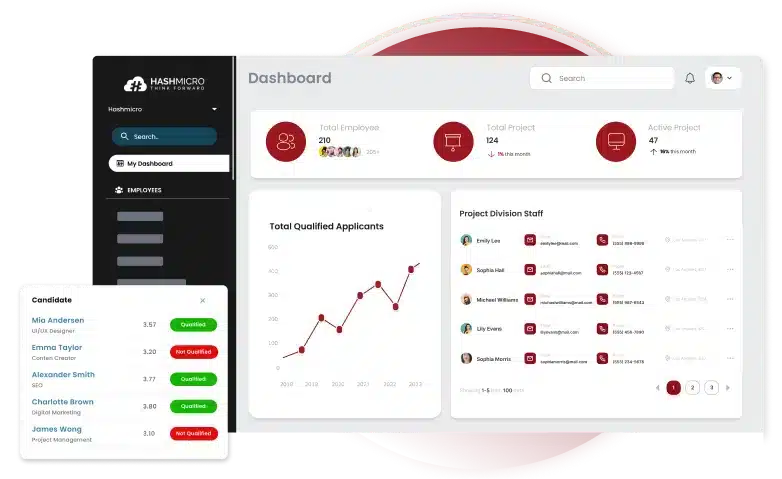
In Malaysia, where the workforce is known for its dedication and resilience, effective HR management is key to business success. This is where HashMicro comes in a cutting edge HRIS system designed to streamline HR processes, enhance employee engagement, and drive business growth.
With its intuitive interface and customizable workflows, HashMicro is perfect for Malaysian businesses of all sizes and industries. Whether you’re a startup or a large enterprise, HashMicro HRIS software helps you establish a strong HR foundation and optimize operations. By choosing HashMicro, you invest in your employees’ success and your business’s future.
Here are some features of HashMicro that help in managing employees:
- Centralized Document Management: A secure and organized digital repository for storing, managing, and tracking employee documents, contracts, and other HR-related files.
- Contract Management: Enables HR to create, manage, and track employee contracts, including renewal and termination dates, to ensure compliance with labor laws.
- Automated Tax and Insurance Calculations: Accurately calculates and generates reports for taxes and insurance contributions, simplifying payroll processing.
- Payroll Management: Handles salary processing, deductions, and benefits, ensuring accurate and timely payment of employee compensation.
- Scheduling Management: Allows managers to create and manage employee schedules, including shifts, leaves, and overtime, to optimize workforce productivity.
- Attendance Report Generation: Automatically generates reports on employee attendance, including absences, tardiness, and leaves, to facilitate performance evaluation and policy enforcement.
- Multi-Approval: A workflow-based system that enables multiple levels of approval for HR-related requests, ensuring transparency and accountability.
For Malaysian businesses, HashMicro is an excellent HR information system choice. It offers an intuitive interface, customizable workflows, and advanced features like document management and automated tax calculations. By implementing HashMicro, you can optimize your HR processes, enhance employee engagement, and drive business growth.
Experience the power of HashMicro HRIS for yourself—try our free demo today and discover how you can transform your HR management and take your business to the next level!
Conclusion
Implementing an HRIS system is a strategic move for businesses in Malaysia. If you looking to enhance HR management and employee retention strategies this might be the one. By automating routine tasks and centralizing HR data, an HRIS system frees up valuable time. With features like payroll processing, compliance management, and employee self-service, an HRIS system streamlines operations and improves overall efficiency.
HashMicro stands out as a leading HRIS solution, offering customizable workflows and advanced features tailored to the needs of Malaysian businesses. By choosing HashMicro, companies can optimize their HR processes, enhance employee satisfaction, and drive business growth. Ready to transform your HR management? Try HashMicro’s free demo today and see the difference it can make for your organization.

FAQ about HRIS System
-
-
What is an example of an HRIS?
An example of an HRIS is HashMicro, which offers a comprehensive platform for managing employee data, payroll, recruitment, and performance appraisals. It streamlines HR processes and enhances employee management through automation and centralized data storage.
-
What are the three types of HRIS?
The three types of HRIS are Operational HRIS, Tactical HRIS, and Strategic HRIS. Operational HRIS focuses on day-to-day HR tasks, Tactical HRIS supports decision-making processes, and Strategic HRIS aligns HR activities with long-term business goals.
-
Is HRIS an ERP system?
HRIS is not an ERP system, but it can be a component of one. While HRIS focuses specifically on human resource management, an ERP system integrates various business processes across an organization, including finance, supply chain, and HR, to provide a unified platform.
-
